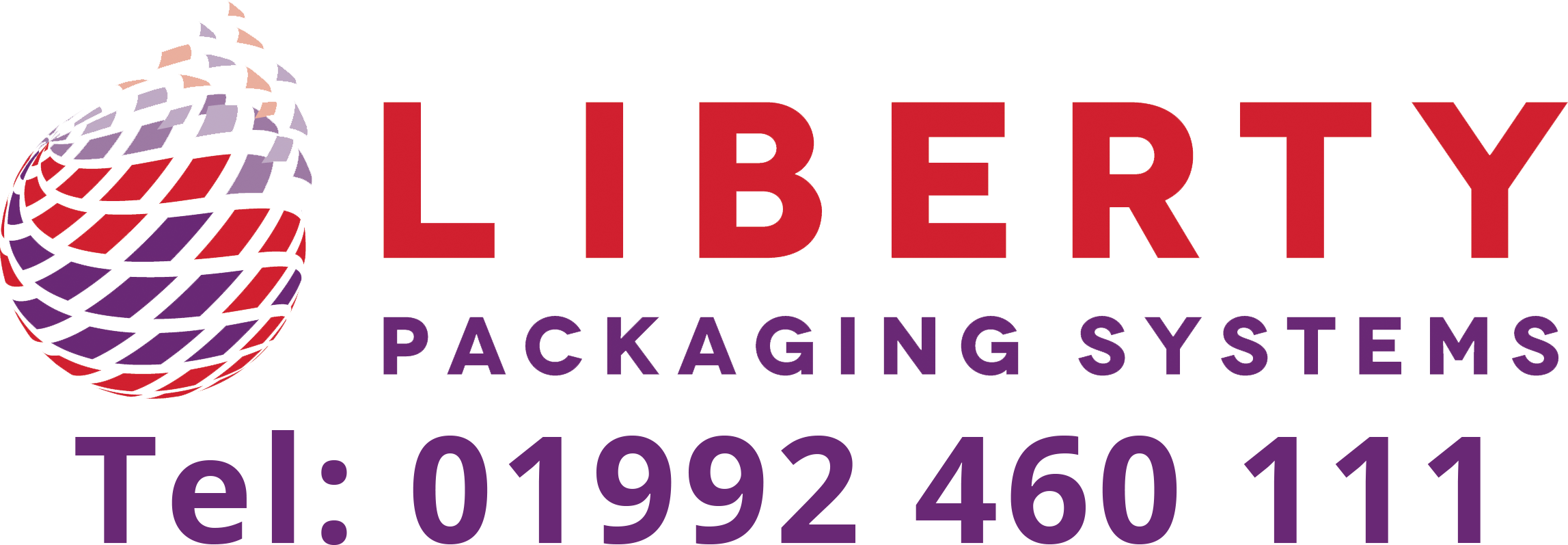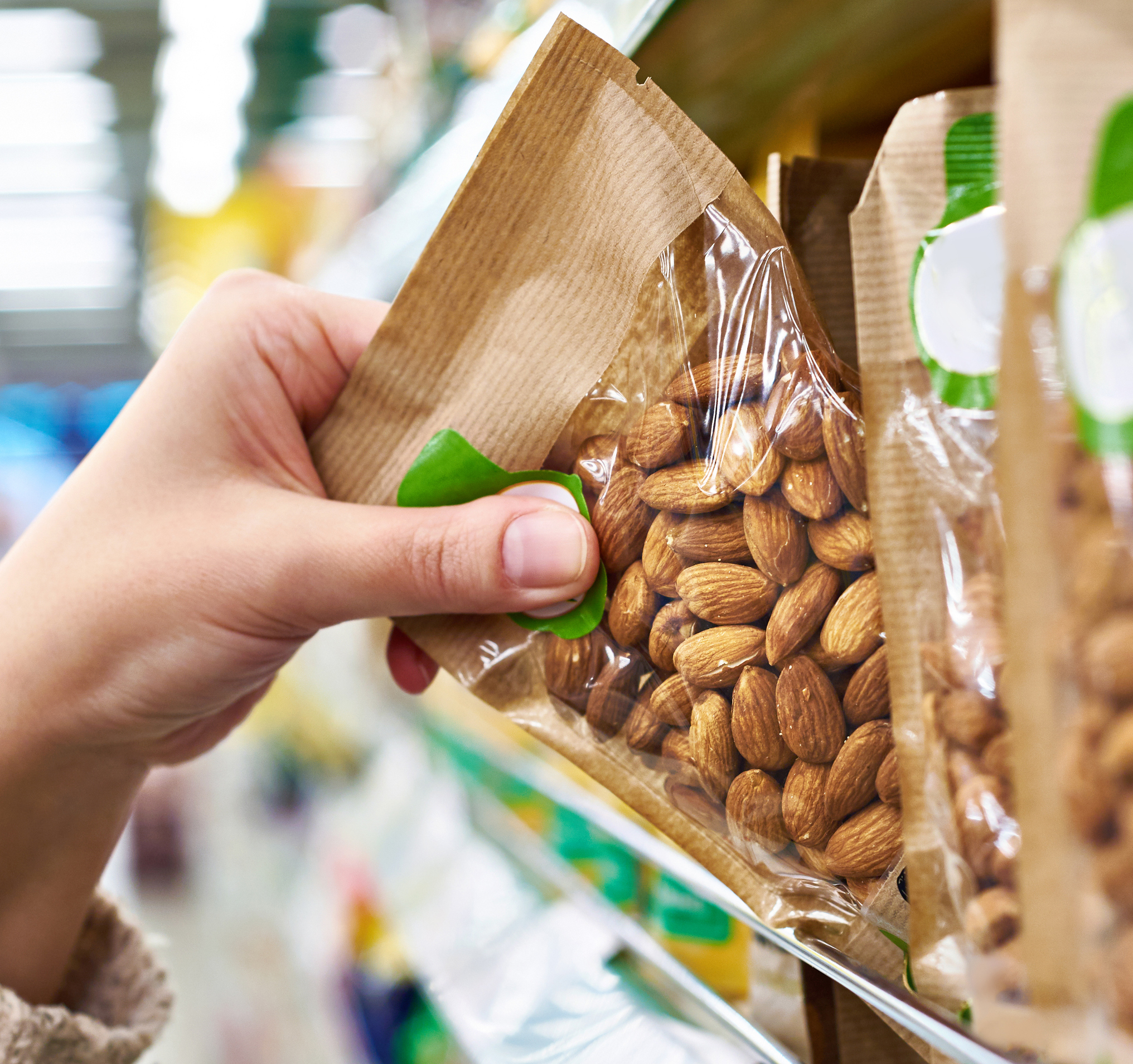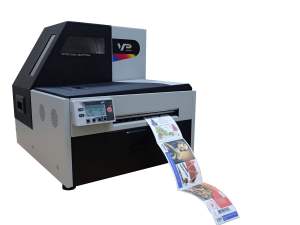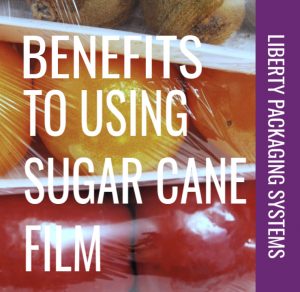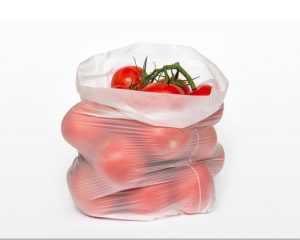Some food suppliers are switching from plastic packaging to cardboard packaging, but is this beneficial to anyone? Plastic is a remarkable packaging solution with so many environmental and cost benefits so why would anyone choose paper-based packaging over plastic packaging?
The benefits of shrink wrap packaging over cardboard packaging
While cardboard is made from timber, which is a renewable resource, cardboard contributes far more greenhouse gases than their plastic equivalents and take substantial amounts of energy to make. By contrast, plastic is light, durable, recyclable and its manufacture is generally not particularly energy intensive.
Let’s take shrink-wrap packaging specifically, it has countless advantages over cardboard packaging mainly being cheaper, quicker, less effort to use and is environmentally friendly. Although cardboard can be printed on and cut to different shapes, cardboard is a dated technology and is non-water proof which makes shrink-wrap packaging a preferable choice for protecting products.
Shrink wrap is more cost effective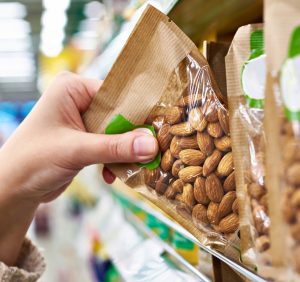
Did you know shrink wrapping has proven to be between 50% and 75% more cost effective and cheaper than cardboard. Much of this saving is gained in the materials used alone. The shrink-wrap process is faster than using cardboard. Modern shrink wrapping machines such as LPS’s WrapMatic make the task of wrapping anything from meat to mechanical parts easier than ever before. Shrink wrapping machines are an affordable solution and can easily be used in-house and where space is limited.
Shrink wrapped products use less space
Shrink wrapping saves space as less packaging is used. Warehouse space is maximised with little or no “dead space” around the product that has been packed. Using less of a packaging material that is cheaper than cardboard saves even more money.
Shrink wrapping is eco-friendly
There is a continued growth in modern plastics such as biodegradable shrink wrap and LPS supply compostable film made from waste potatoes. The technology behind the materials and the fact that far less is used make shrink-wrap a greener solution than many imagine, with a smaller carbon footprint that cardboard in many cases.
In summary, Shrink-wrap packaging has countless advantages over cardboard packaging. Plastic packaging outperform paper-based packaging environmentally – on manufacturing, on reuse, and on solid waste volume and generation.
The cost of an entry level shrink wrap machine is low, the cost of shrink film (of which less is used) is low and the fact shrink-wrapping products can be completed in-house saves outsourcing costs.
The argument for plastic over cardboard will continue in years to come and there is room for both in the packaging market. However, what’s most important is that they can both be recycled and kept out of our seas. Recycling and reusing both types of packaging has proven to be the most effective way to minimise carbon footprint and protect the environment.

